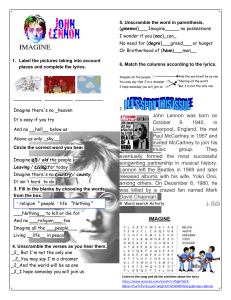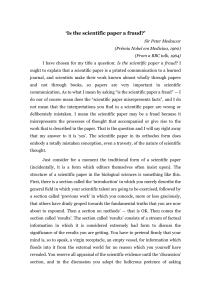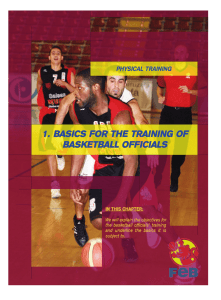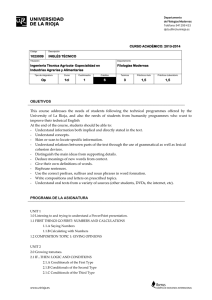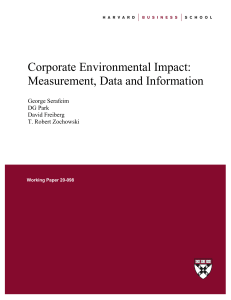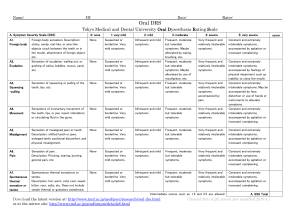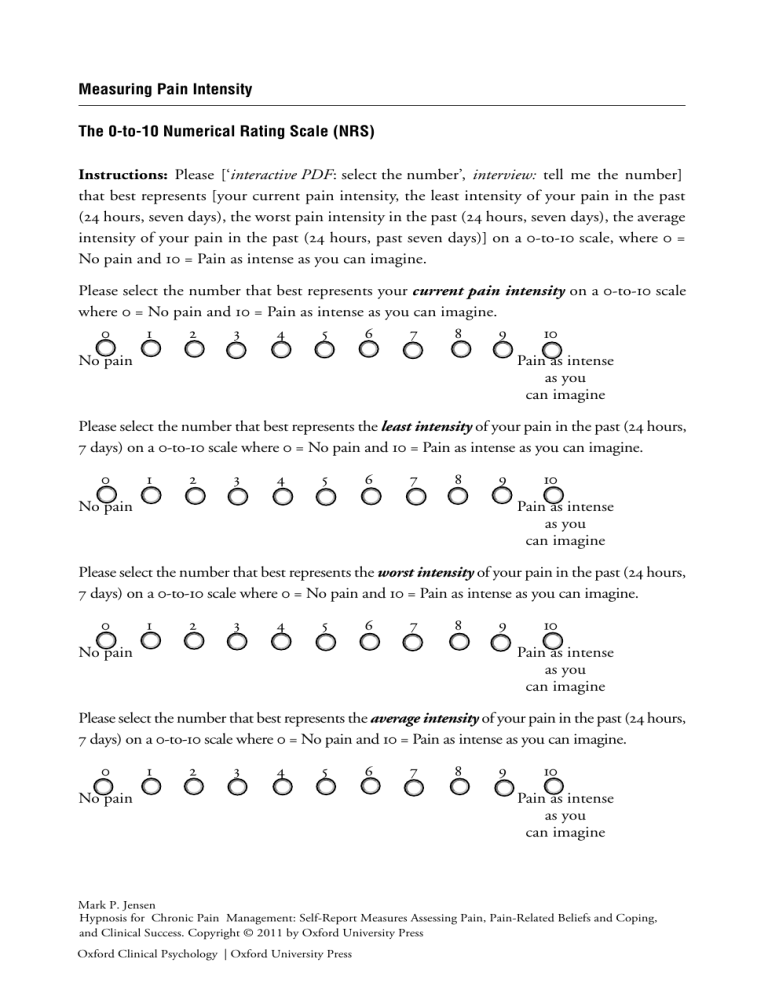
Measuring Pain Intensity The 0-to-10 Numerical Rating Scale (NRS) Instructions: Please [‘interactive PDF: select the number’, interview: tell me the number] that best represents [your current pain intensity, the least intensity of your pain in the past (24 hours, seven days), the worst pain intensity in the past (24 hours, seven days), the average intensity of your pain in the past (24 hours, past seven days)] on a 0-to-10 scale, where 0 = No pain and 10 = Pain as intense as you can imagine. Please select the number that best represents your current pain intensity on a 0-to-10 scale where 0 = No pain and 10 = Pain as intense as you can imagine. 0 1 2 3 4 5 6 7 8 9 10 No pain Pain as intense as you can imagine Please select the number that best represents the least intensity of your pain in the past (24 hours, 7 days) on a 0-to-10 scale where 0 = No pain and 10 = Pain as intense as you can imagine. 0 1 2 3 4 5 6 7 8 9 No pain 10 Pain as intense as you can imagine Please select the number that best represents the worst intensity of your pain in the past (24 hours, 7 days) on a 0-to-10 scale where 0 = No pain and 10 = Pain as intense as you can imagine. 0 1 2 3 4 5 6 7 8 9 No pain 10 Pain as intense as you can imagine Please select the number that best represents the average intensity of your pain in the past (24 hours, 7 days) on a 0-to-10 scale where 0 = No pain and 10 = Pain as intense as you can imagine. 0 1 2 3 4 5 No pain 6 7 8 9 10 Pain as intense as you can imagine Mark P. Jensen Hypnosis for Chronic Pain Management: Self-Report Measures Assessing Pain, Pain-Related Beliefs and Coping, and Clinical Success. Copyright © 2011 by Oxford University Press Oxford Clinical Psychology | Oxford University Press Primary Source Document for 0-to-10 NRSs There is no single primary source document for the 0-to-10 NRS of pain intensity, but Dworkin et al. (2005) can be cited as a source that recommends the NRS over other pain intensity measures, and Jensen (2010) can be cited as a review article that summarizes the evidence supporting the reliability and validity of 0-to-10 NRSs for assessing pain intensity. Scoring instructions for 0-to-10 NRSs The number that the respondent selects is that respondent’s NRS score. Pain intensity can be classified into mild, moderate, and severe levels based on the NRS score. Mild pain intensity is pain that noticeable but has little effect on day-to-day functioning. Moderate pain is pain that is starting to interfere with some areas of functioning, such as socializing, sleep, and mood, but does not produce marked interference across a broad range of activities. Severe pain intensity is pain that has become a central aspect of the patient’s life and that produces significant interference across a wide range of activities. Although 100% consistency across multiple pain populations regarding the 0-to-10 ratings that represent mild, moderate, and severe pain has not been found, most often pain ratings between 1 and 4 indicate mild pain, scores of 5 or 6 indicate moderate pain, and ratings of 7 to 10 indicate severe pain (Serlin et al., 1995). When differences are found between pain populations, the cutoffs tend to differ with respect to the ratings that indicate moderate pain; that is, ratings of 3 and/or 7 are sometimes viewed as moderate pain (Dihle et al., 2006; Jensen, Smith, et al., 2001; Paul et al., 2005), although in one study a rating of 6 was viewed as severe pain by the study participants (Dihle et al., 2006). Consistency is mostly found for the extremes and middle scores; ratings of 1 or 2 are almost always considered mild pain, ratings of 5 almost are always considered moderate pain, and ratings of 8 to 10 are almost always considered severe. Mark P. Jensen Hypnosis for Chronic Pain Management: Self-Report Measures Assessing Pain, Pain-Related Beliefs and Coping, and Clinical Success. Copyright © 2011 by Oxford University Press Oxford Clinical Psychology | Oxford University Press

